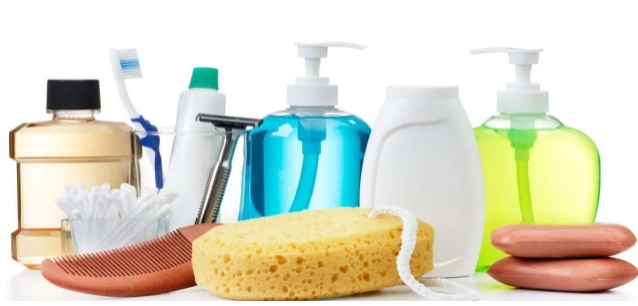When it comes to hygiene, one is always particular about if the water is clean. But, no matter how “clean” water appears to be, there could be hidden germs in it.
This is where antiseptics come in and have since dominated hygiene practices. However, it is believed that adding a few drops of these liquids to our bathing water or making use of its soap automatically guarantees a germ-free skin, but, that might just be a myth.
Generally, antiseptics have a variety of uses both in and out of medical settings. In both settings, they’re applied to either the skin or mucous membranes – lines various cavities in the body and covers the surface of internal organs.
Some of these ideal uses include:
Hand washing: Medical professionals use antiseptics for hand scrubs and rubs in hospitals.
Cleaning skin before an operation. Antiseptics are applied to the skin before any kind of surgery to protect against any harmful microorganisms that might be on the skin.
Treating skin infections. You can buy OTC antiseptics to reduce the risk of infection in minor cuts, burns, and wounds. Examples include hydrogen peroxide and rubbing alcohol.
Treating throat and mouth infections. Some throat lozenges contain antiseptics to help with sore throats due to a bacterial infection.
These are a few ideal ways in which antiseptics should be used. Also, one needs to understand that the use of antiseptics in bathing water isn’t advisable and its routine use is bad for the skin; a simple plain soap and water should suffice.
The medical information provided in this article is provided as an information resource only. This information does not create any patient-physician relationship and should not be used as a substitute for professional diagnosis and treatment.
Source: Guardian Newspaper




